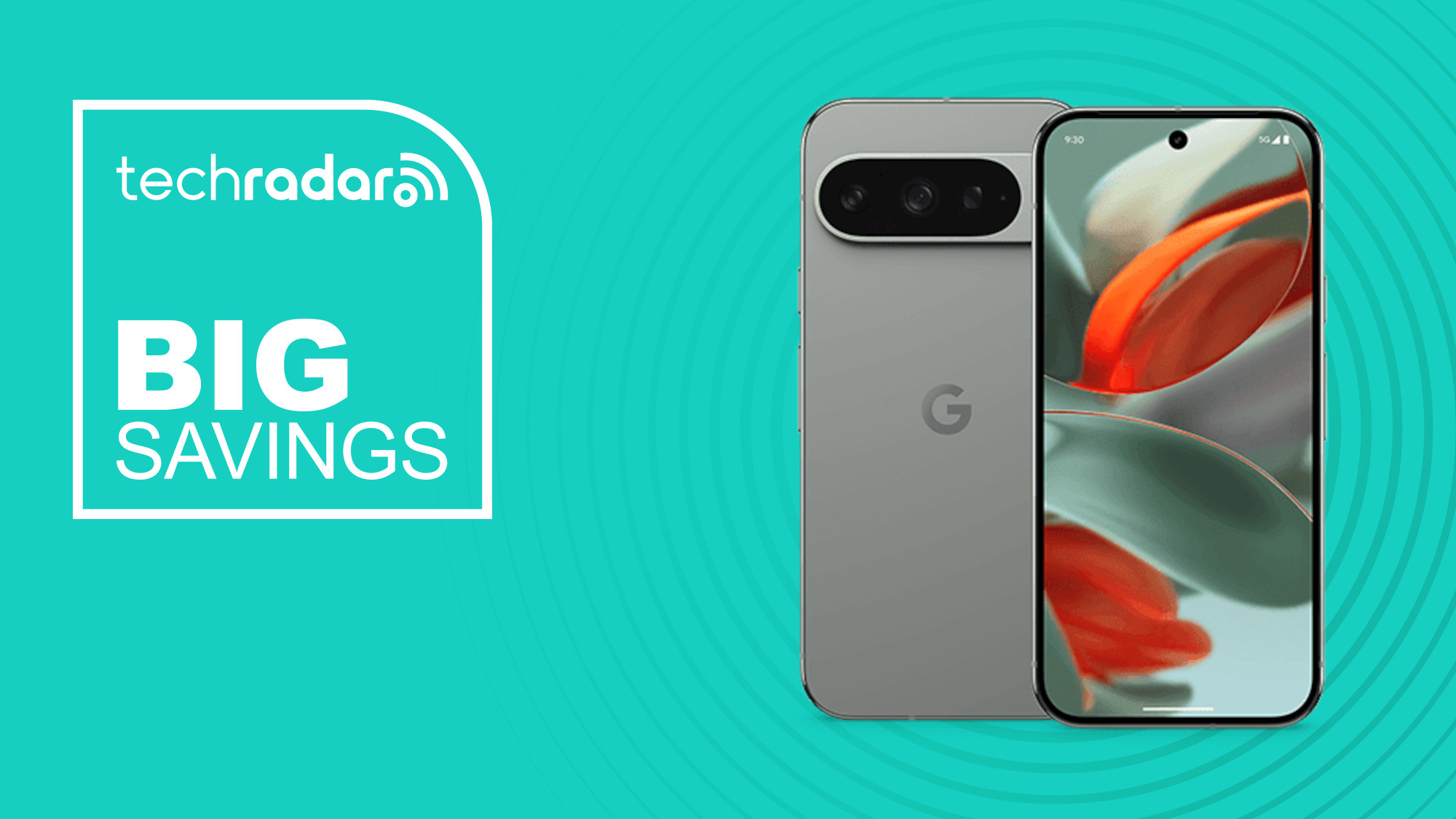TheAI-Powered Shift: How 2025 Is Defining the Tech Landscape Across Devices, Grids, and Security
Author: Tech Trends Desk

In 2025, the technology industry is being steered not by a single breakthrough but by a convergence of trends that cut across consumer devices, enterprise software, infrastructure resilience, and new business models. From the latest smartphones to the quiet expansion of vector databases used by law enforcement, the year reveals an ecosystem where artificial intelligence is both an operating system for innovation and a lens that helps us interpret risk and opportunity. The articles summarized here—ranging from a high-value flagship phone’s lasting appeal to ambitious corporate bets on digital assets, and from strong warnings about cybercrime to the quiet but palpable shift in energy grids—together sketch a world where AI, data, and infrastructure are inseparable. The result is a tech industry that is simultaneously more capable and more complex, with decisions made at the intersection of product design, policy, and practicality.

The Google Pixel 9 remains a compelling value in 2025, illustrating how flagship devices can extend their relevance even as prices and models shift.
The first strand worth highlighting is consumer hardware’s persistent appeal when coupled with performance and price. TechRadar’s coverage of the Google Pixel 9 notes that Best Buy is clearing out stock of a phone that is still widely regarded as a strong performer. Priced at $599, the Pixel 9 sits at a crossroads: it is older enough to enter a less expensive tier for new buyers, yet modern enough to satisfy most daily tasks, photography, and software ecosystems. The takeaway for manufacturers and retailers is telling: longevity matters. In an era of rapid cadence, devices that sustain value over time become themselves a strategic asset, not merely a transient product. For consumers, this translates into a choice: push the envelope with the latest model or lean into a still-capable device that can do most of what they need without the premium price tag.
Across the broader tech landscape, the race to scale AI remains expensive and highly strategic. A report linked to a New York Times feature on why tech giants are burning cash in pursuit of AI’s future underscores a fundamental tension: the pipeline from data to model to monetization demands substantial investment in people, compute, and capital-intensive infrastructure. While the specifics of corporate plans are often shielded behind paywalls, the narrative is clear enough to influence every boardroom. The message for competitors and regulators alike is that the AI arms race is as much about building resilient, scalable platforms as it is about new capabilities. In practical terms, this means cloud infrastructure, specialized hardware, and security investments that can power AI at scale while protecting users and their data.
A separate thread concerns how enterprises are rethinking value through digital assets. TNL Mediagene’s announced plan to establish a digital asset treasury—anchored to well-known assets like Bitcoin, Ethereum, and Solana—illustrates a broader corporate interest in how digital currencies and tokenized assets might underpin new funding models, liquidity strategies, or treasury diversification. The strategic rationale goes beyond speculative bets: it is about embedding programmable value into business processes, facilitating cross-border transactions, and experimenting with new financial architectures while balancing risk. As more organizations consider digital assets as part of their corporate treasury, questions of governance, compliance, and risk management will come into sharper focus.
The resilience of critical infrastructure emerges as another defining theme. Atlantic Council’s analysis of grid resilience in the hyperscale era argues that the US grid is deteriorating, and the risk of outages remains high. The piece links this vulnerability to the realities of an energy transition: aging transmission lines, crowded generation capacity, and the need to integrate renewable resources and digital controls more securely. The takeaway is not alarmist but pragmatic: resilience will require investments that blend traditional engineering with modern data-driven tools, demand-response programs, and cross-sector collaboration. In a world where data centers and digital services draw substantial power, there is a growing imperative to reimagine the grid as a digitally aware, highly interoperable backbone rather than a passive resource.
In parallel, the deployment of advanced biometrics and AI-powered search tools is becoming more practical in large-scale operations. Biometric Update reports a case where Elastic’s vector database enabled a Brazilian public security force to perform facial recognition searches at scale and in real time. By transforming photos into embeddings and storing them for rapid vector search, the agency reportedly achieved over a million biometric queries in a short period. The underlying technology—embeddings, approximate nearest neighbor search, and a purpose-built relevance engine—highlights how AI can dramatically accelerate identity-based investigations. Yet these gains sit against a backdrop of ongoing debates about privacy, civil liberties, and governance, underscoring the need for transparent policies, accountability, and robust safeguards when deploying such capabilities.
The enterprise and consumer software ecosystem is also becoming more deeply integrated with AI assistants. Windows 11’s Copilot has moved beyond a mere feature into a core thread of the user experience, with updates that strengthen taskbar interactions and make sharing context between apps more seamless. In practical terms, this means meetings, documents, and workflows can cross the boundary between windows with less friction, enabling teams to collaborate more efficiently in real time. While such improvements boost productivity, they also intensify the demand for secure data handling, clear user controls, and robust privacy protections as AI assistants become more embedded in daily work.
Innovation at the intersection of AI and art continues to generate both wonder and controversy. A Tribune report about Acrylic Robotics reproducing Montreal artist Audrey-Eve Goulet’s work with a robotic arm illustrates a broader trend: AI-enabled automation can reproduce styles with high fidelity, potentially increasing an artist’s income while challenging traditional notions of originality. The stimuli for policy and industry responses include fair compensation for artists, clear licensing terms for AI-assisted works, and the sustainable monetization of creative labor in an age of automated production. The situation isn’t simply about replacing artists; it’s about rethinking who benefits from art in a world where machines can learn from human brushstrokes.

Montreal artist Audrey-Eve Goulet’s work explored through an AI-assisted robotic painting project.
Consumer music and smart speaker ecosystems are expanding with AI-enabled devices that blend creativity, personalization, and convenience. The collaboration between Will.i.am and LG to launch xBoom AI speakers in Manila signals a broader market trend: AI-powered audio products that adapt to listener preferences, optimize sound, and connect with creators’ identities. The result is more engaging listening experiences while pushing the boundaries of what a speaker can do—from voice-activated playlists to context-aware ambience settings. For producers and retailers, it highlights the demand for premium, design-forward devices that fuse technology and artistry in a single package.

LG xBoom AI speakers blend high-fidelity sound with AI-powered customization and design.
The broader security landscape is also being reshaped by AI-enabled threats. A Lenovo study summarized in a Tribune piece points to a worrying sentiment among IT leaders: 65% feel unprepared for AI-powered cyberattacks such as deepfakes, polymorphic malware, and adaptive phishing. The finding underscores the urgency of developing AI-native defenses, continuous monitoring, threat intelligence sharing, and workforce training that keeps pace with increasingly sophisticated adversaries. Instead of treating AI security as a bolt-on capability, organizations are being urged to embed adaptive, automated defense mechanisms into their security operations centers and risk governance programs.
Another wave of AI enhancements is coming to consumer-facing platforms. Android Headlines highlights Google Gemini’s September drop, emphasizing a major upgrade labeled Live with Camera. This iteration is part of the broader push to bring real-time AI-assisted experiences into everyday devices, enabling smarter imaging, real-time translation, and more seamless human-computer interaction. The ongoing Gemini cadence demonstrates how software updates can extend a platform’s relevance long after the initial launch, keeping pace with user expectations for intelligent, context-aware features.
Windows-focused updates to Copilot remain a key pillar of how tech ecosystems are built around AI. The Windows ecosystem continues to push AI deeper into the operating system through regular updates that expand task sharing, collaborative work features, and user-facing controls. As with other AI-enabled platforms, the challenge is balancing convenience with privacy and security, ensuring users understand where their data goes and how it can be used by AI services integrated into the OS.
Taken together, these stories illustrate a tech world that is being redesigned around AI-enabled capabilities—whether in the pocket of a consumer phone, at the core of a digital asset strategy in a corporation, or at the front line of an energy grid. The convergence creates opportunities for new business models, smarter public-services design, and more personalized consumer experiences, but it also raises questions about governance, accountability, and the distribution of value. The responsible way forward will require collaboration among policymakers, industry players, civil society, and researchers to ensure that AI tools are used to augment human flourishing while mitigating risks.

A sun-powered grid symbolizing resilience as the energy transition accelerates and digital controls expand.
Conclusion: The tech world of 2025 is less about a single megatrend and more about an ecosystem where AI, data, hardware, and infrastructure are deeply interwoven. The market continues to reward platforms that offer scalable AI capabilities, robust security, and flexible governance while demanding value for consumers who expect performance, privacy, and ethical use of technology. As new products emerge—be it a flagship smartphone that still makes sense to buy, a digital asset strategy that reframes how corporations manage treasury risk, or a biometric search that can help operators locate missing persons in near real time—stakeholders must navigate a complex landscape that rewards innovation and accountability in equal measure.
Author note: This synthesis draws on a diverse set of published items from TechRadar, NzHerald, Post Star, Atlantic Council, Biometric Update, Windows Report, Tribune and Android Headlines. While the underlying articles vary in access (some are behind paywalls), their headlines and summaries point to a common arc: AI-enabled capabilities are expanding, the costs of building them are substantial, and the human and societal implications require thoughtful governance.